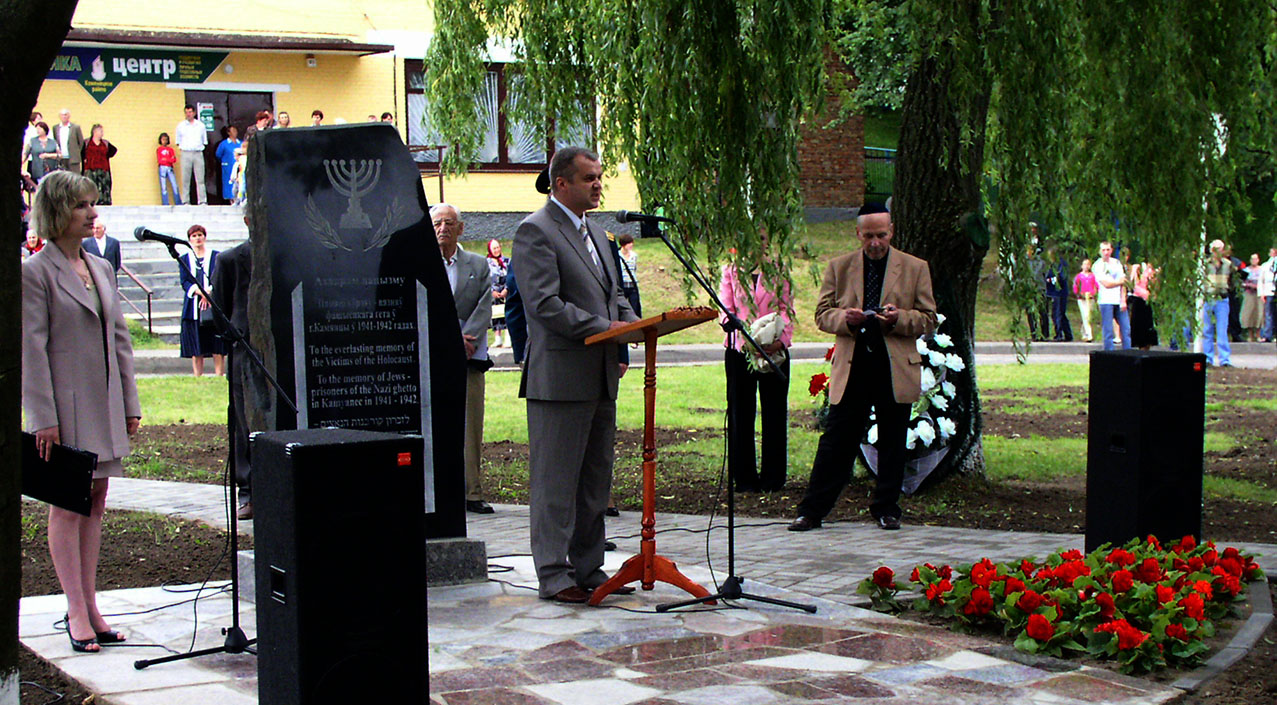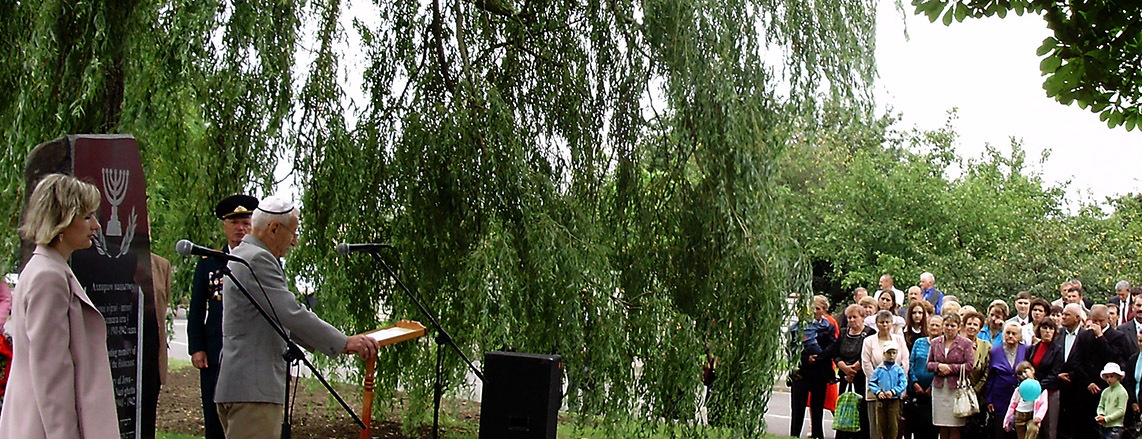
Alternate names: (Belarusian: Камяне́ц, Russian: Ка́менец, Polish: Kamieniec) is transliterated from Russian as Kamenets and from Byelorussian as Kamyanyets, Kamyanets, Kamyanec. 1900 Jewish population: 2,722. The center of the Kamyanetski Rajon in the NW corner of Brest voblast on the Liasnaja river (Lesna Prawa) and about 39 km N of Brest, 28 km NW of Zabinka, [which is] a station on the railway line Brest-Miensk. The 2002 population was about 9,000 people. MapQuest. ShtetLink.
- Yizkors:Sefer yizkor le-kehilot Kamenits de-Lita, Zastavye ve-ha-koloniyot (Tel Aviv, 1970) and Zichranos (Berlin, 1922)
- The People Who Lived Among Us [August 2014]
It is a town located in the NW corner of Brest oblast on the Liasnaja Prawa river. As of 2002, the population was about 9,000 people. 1995 Population: 9,400. Town information. Photos and photo about 1941. Kamenetz was not a large Jewish center. Jewish settlement dates from before 1525 when a restrictive measure took away the taverns from the Jews and gave them to the Christians. Privileges were conferred upon the Kamenetz Jews in 1635 by King Jan Casimir, who freed them from various taxes except the tax on alcoholic drinks. By the 18th century, a strong Jewish community had developed. The village of Zastavye was part of this kahal. The Great Synagogue (Der Mayer) together with the Talmud-Torah were converted into a factory under the Soviets. July 26, 2009 was the date of the dedication of the Kamenetz (formerly Kamenetz-Litovsk) Holocaust memorial on the site of execution of nearly 4,000 Jews. Source: This email address is being protected from spambots. You need JavaScript enabled to view it.. [May 2010]
For the language that is official in Belarus alongside with Russian, there are two adjectives: Belarusian, pertaining to today's country/state of Belarus (Belarus+ian) and its citizens regardless of their nationality, and Byelorussian pertaining to the language and culture of Byelorussians and their nation. While Belarusian Jews live in Belarus and are citizens of the country, they are Jews, not Byelorussians. Source: Oleg Medvedevsky. [February 2012]
CEMETERY: The Nazis, who eventually murdered the Kamenetz and Zastave Jews, set their houses on fire, and smashed tombstones in the Jewish cemetery in Brest Street to pave the streets. [May 2010]
Jewish cemetery: photos. 19th and 20th century gravestone remains. [February 2010]
MASS GRAVE: Concerning the mention above of the "site of execution...": in fact, no Jews were killed on the site of the memorial. Most Jews were driven to Wysokie, to be transported in a goods train to Treblinka in 1942. Those who managed to hide, yet later were captured by police, were killed and buried in several places in Kamenets and outside the town. The text in English on the monument reads: "To the everlasting memory of the Victims of the Holocaust. To the memory of Jews - prisoners of the Nazi ghetto in Kamyanec in 1941-1942". More information about the Holocaust and the old three Jewish cemeteries in Kamenets is available in the book, written by a local historian, G. S. Musevich, in Russian: Narod, kotoryi zhyl sredi nas (The People Who Lived Among Us), published in Brest in 2009. Source: Oleg Medvedevsky. [February 2012]
Photos below courtesy of Oleg Medvedevsky: "I took [these] during the opening of the memorial on July 26, 2009." [February 2012]


